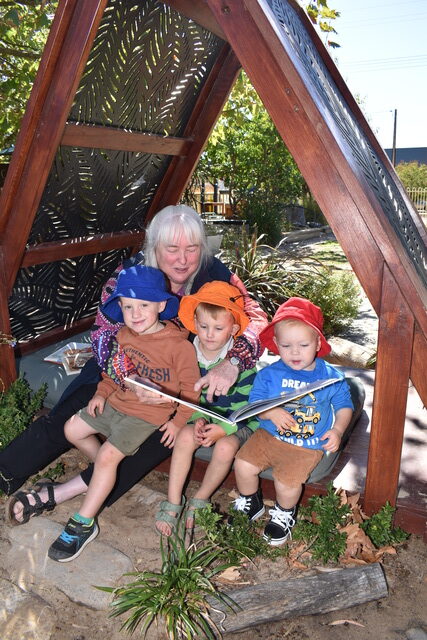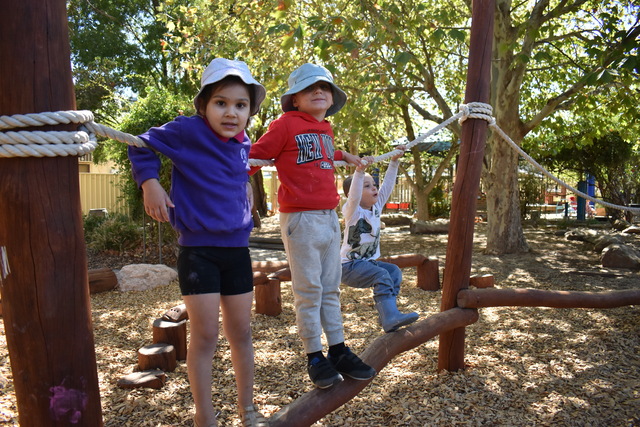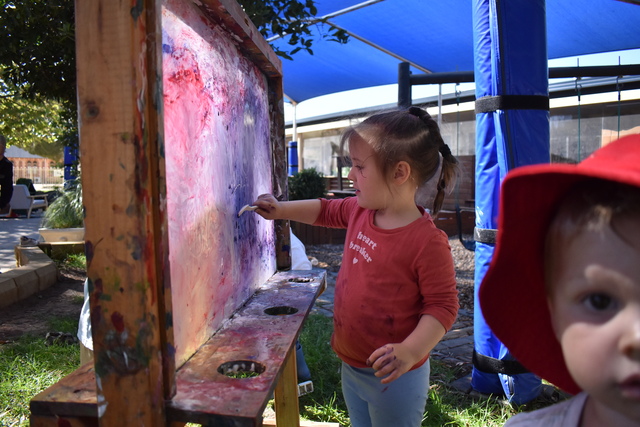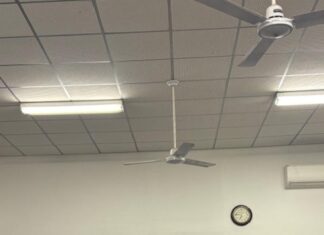
The Balaklava Community Children’s Centre is celebrating 65 years at its current location, but what is less commonly known is the group’s creation dates back almost two decades previous.
In fact, the organisation was actually established in July 1946, thanks to the foresight of Ruth Cookes, who saw a need for some sort of learning for youngsters prior to them beginning proper schooling.
As a result, the first sessions of Balaklava Kindergarten were held in the Methodist and Anglican church halls, and those establishments continued to hold gatherings of a similar nature for more than a decade.
It was not until 1959, following four years of fundraising by the various families involved with the kindy, as well as members of the community, that a plain besser brick building was erected at 15 Scotland Street.
That has remained the group’s headquarters ever since, however, several works have been undertaken along the way to ensure it kept up with population growth and remained up to date with state regulations.
One example of that was in 1991, when $8000 from the Children’s Services Office – now part of the Education Department – was used to add a toy library and store room to the original structure.
A year prior to that, in early 1990, the possibility of adding a childcare service to the kindergarten was investigated, and by 1995 a new building was built to accommodate it, with it officially opening in 1996.
In 2009, a verandah was then added to the facility along with an extension of the site’s administration area at a combined cost of almost $109,000.
A decade later, in 2019 – after more fundraising – a further $200,000 was put towards additional redevelopments of the childcare and pre-school, which – including grants – came to a total of $750,000.
According to director Dale Gathercole, who has been a part of the facility for more than a decade, those works proved to be crucial to the facility, allowing for up to 19 staff to be employed in order to satisfy the growing demand in the area, which resulted in hundreds of children benefiting from the centre’s shared beliefs.
“We encourage parents and grandparents to come in as often as possible to network with each other around the children, and we maintain connections with all the schools in the area so that we embody a sort of village-style atmosphere and connectivity because that’s really missing these days,” she said.
“One of the questions that we put in our annual client survey every year is do people feel that their child has one person that they’re really connected to, because our whole philosophy is based on attachment and relationships, and we have what we call primary care giving groups so that the children aren’t just one of ninety children per day, but they’ve got core educators that they hopefully see every time they’re here so they can build relationships and have that close relationship with so they’re willing to take risks.
“Families are under a lot of pressure, they’re pulled and tugged a lot of ways these days, and I think having the capacity to have quality early years education, learning, and care just makes it easier t do what you have to do and to meet those financial and community obligations while knowing you children are well cared for.”







